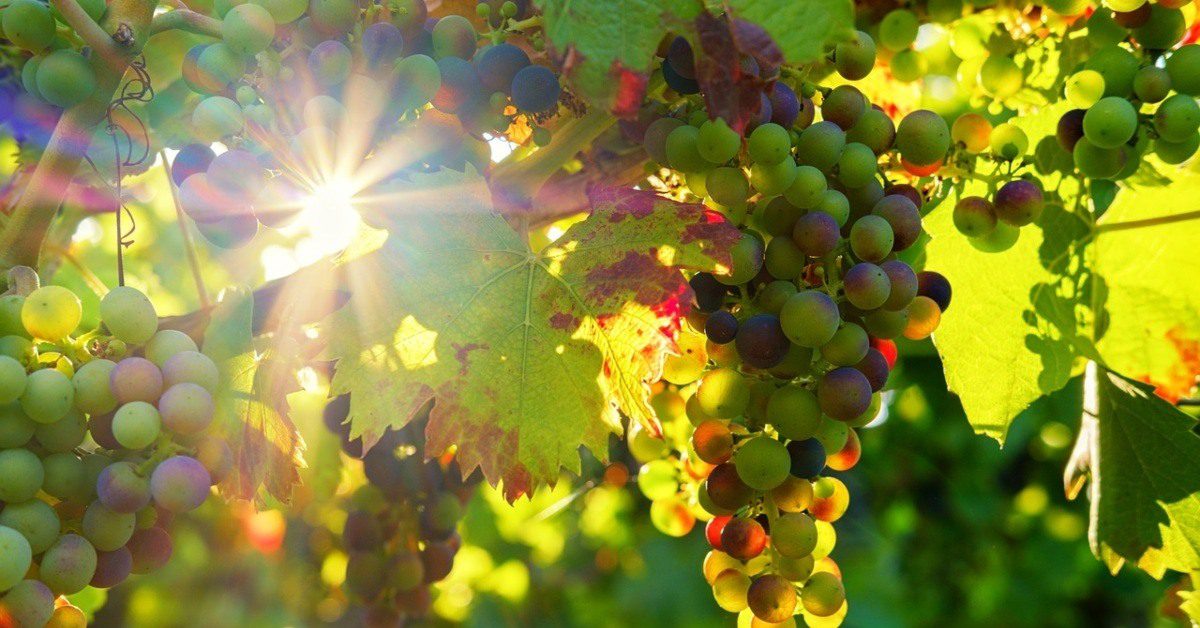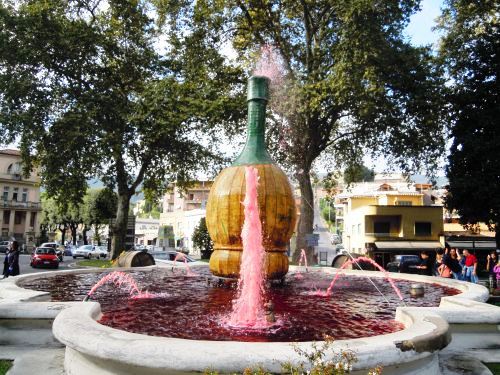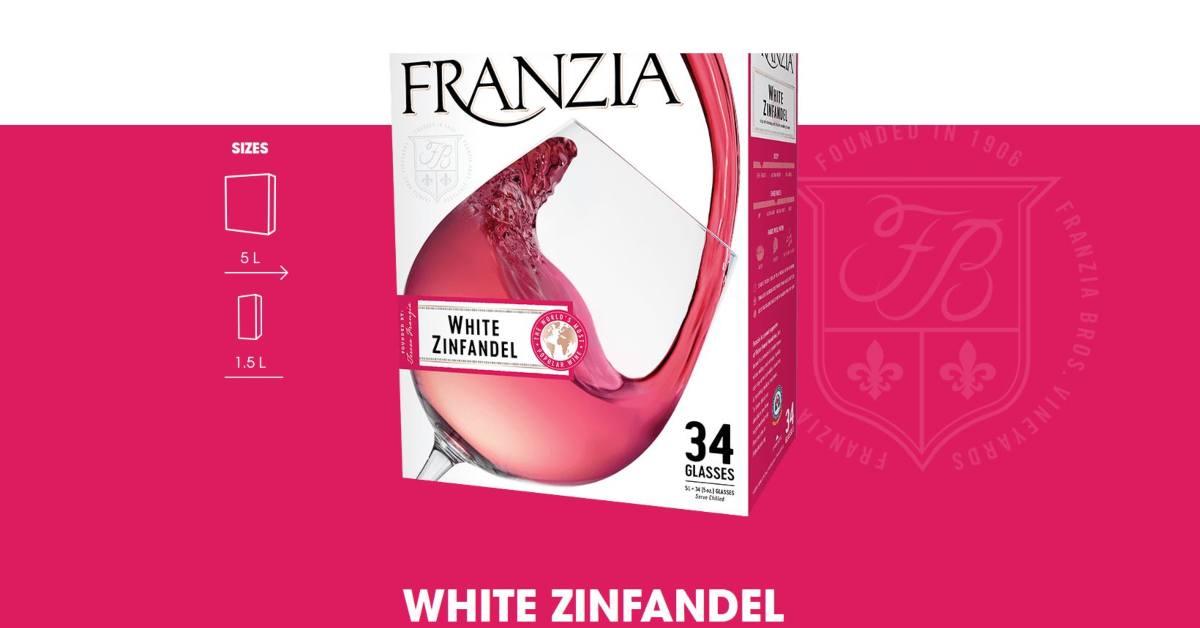Back in November of 2008, I stumbled into a great little cicchetteria in Treviso. I was only passing through town for one day/night to catch a cheap flight (19 Euros!) for Prague the next morning. I ordered some type of fishy Venetian bruschette and asked the gruff bar owner for a local vino to accompany my lite bites.
He barked at the bartender across the room, “Give the ragazzo americano a Malbec!”
“Ragazzo?” I thought. I was 42 years-old at the time, and way past my “ragazzo” days. And Malbec? I had always associated it with Mendoza, Argentina, not Veneto, Italy.
Malbec. Originally a French grape used mostly for blending, then later made famous as a stand-alone varietal in Argentina. Italy’s Veneto region has its own spin on this robust uva, it’s just that they spell it a little differently. Malbech with an “h” at the end.
This got me thinking about the language of wine, and what terms are used to define the different types. In France, they usually refer to a wine by its region of origin. In the U.S., wines are usually classified by the grape.
In Italy? Well, like many things Italian, to a foreigner there seems to be no apparent sense of logic or order. Sometimes it’s named according to the region, sometimes it’s the grape, sometimes it’s the estate… and sometimes it’s the gods.

Drops of Jupiter
Probably the most recognized Italian wine outside of Italy is Chianti. This refers to the region in Tuscany, of course, but it’s also grown in other parts of Italy where it's known by the grape, Sangiovese. Estimates suggest that up to 10% of all grapes grown in Italy are of the Sangiovese varietal, or one of its subspecies, such as Sangiovese Grosso, which is the grape used to make the prestigious Brunello di Montalcino.
The word Sangiovese can be interpreted as il sangue di Giove, or the blood of Jupiter (a.k.a. Zeus, in Greek traditions). The blood of a god? This seems like a pretty good starting point from which to make a wine. No wonder it’s so good!
Italian winemakers have a flair for the dramatic, apparently. How about the white wine from Campania called Lacryma Christi, the tears of Christ? Or something more subtle and suggestive, like Nebbiolo, referring to the weather conditions. The deep fog, la nebbia, that settles over the Langhe valley in late October, coaxing the fruit into perfect ripeness.
“Wine is sunlight, held together by water.” - Galileo #vino #italiano #winesofitaly
The Language of Wine
What are some other ways that winemakers try to confuse us? And why do they change the name of the wine or grape instead of agreeing to a standard that consumers can understand? I guess that’s part of the mystique of wine. Wine is part agriculture, part manufacturing, and part alchemy, I would say.
These delectable nectars can take on a fabled status. For example, a few years back, Dan Beuttner and The National Geographic identified several “Blue Zones” around the world where the populations boasted a disproportionate number of centenarians. Not surprisingly, one of these locations is in Italy, in the mountainous region of Sardinia.
Researchers found that the long-lived people in this area drank an average of two glasses of their local wine, Cannonau, every day, usually just after 5:00pm, with friends and a small bite to eat.

But is there anything “magical” about this particular wine? Is there an ingredient, some undiscovered molecule (i.e. resveratrol), that imparts longevity on the wine drinker?
As it turns out, this is the same grape known as Grenache or Garnacha in other parts of Europe. So nothing really special or magical about the grape, it seems. Could be the “terroir,” but…
Maybe the wine is just one ingredient in a larger recipe that includes clean mountain air, close friendships, organic food, and walking up and down the mountain every day like a goat. In other words, an overall lifestyle rather than one magic ingredient. (Didn’t stop me from ordering a case of Cannonau last week, though… you never know!)

I remember once back in the 1980s my grandfather told me how he missed the wine that his dad used to make. He called it Zinfandel. I was only a teenager then, but even I knew that “Zinfandel” was a cheap, sweet, pink concoction that could barely be called wine at all. I couldn't understand how my grandfather could be nostalgic for something so unappealing, even by my low standards at the time.
It turns out that he was referring to a “red” Zinfandel, or what I now understand is actually Primitivo. Genetically, they are the same thing. And rather than being a “primitive” grape, the word refers to the harvest time. In other words, it’s the "first" (primo in Italian) grape to be harvested every season.
Wines on Tour - Est Bonum
You might be aware that one of the more famous wines around Rome goes by the odd name of Est! Est! Est! But there’s also a great story behind it (of course).
A Bishop name Johannes Defuk was part of the entourage of Henry V of Saxony, who was en route to meet the Pope to be crowned Emperor of the Holy Roman Empire. And Johannes had a servant called Martino, who had the enviable job of traveling a few days ahead of the group to sample the wine in the taverns along the way. If the wine was good, he was to write on the wall outside the tavern “Est” (which means [it] is in Latin, short for “est bonum" [it] is good - meaning the wine was good).
So Johannes would only stay in the places marked by his servant. In Montefiascone, Martino found wine so incredibly good he wrote: "Est! Est!! Est!!!" with the increasing exclamation marks. Well, Defuk extended his stopover in Montefiascone for three drunken days, and he even relocated there at the end of his royal mission, possibly for the sole purpose of over-drinking.
His tombstone, in the church of San Flaviano, says "Est Est Est pr nim est hic Jo De Fuk do meus mortuus est" which more or less means, "Here lies my master, dead from too much Est.”
Wine is interesting to discuss, but it’s much more interesting to taste. Grab a glass, listen to the podcast below, and then let me know you're thoughts on the topic of all things vino... ciao!


Mafiosi di merda stupratori bastardi antiumani! cesso anti del pianeta!
VATTENE DALL’ITALIA VATTENE DALL’ITALIA VATTENE DALL’ITALIA MAFIOSO BASTARDO SIETE DEGLI STUPRATORI DI MERDA QUESTI ANTI SITI PIENI DI INSULTI A PERSONE INDIFESE E PSEUDO STORIE INVENTATE CALUNNIOSE QUEL PEZZO DI MERDA CHE AVEVA FATTO APOLOGIA ED INCITATO A STRAGE SUI BOMBARDAMENTI TERRORISTICI! VATTENE DA TUTTO IL PRIMO SECONDO E TERZO MONDO! BASTARDO ESCREMENTO DI MERDA ANTIUMANO!
Hi Rick. Just have to say that I LOVE your writing style!! And all the background information you share with us about Italy’s fantastic wines!!!
Wow, thank you so much, Janet! I do love talking about wine… but I enjoy drinking it more! Ciao!
Good afternoon.
I have to apologize, but a few topics of the text are slightly wrong.
Chianti is not grown in other parts of Italy: Chianti is a specific DOCG (Denomination of Origin Controlled and Guaranteed, similar to U.S. AVA – American Viticultural Areas -, but with much stricter rules). Chianti DOCG is related to a territory of production that lies in Tuscany. It is frequently confused with Chianti Classico, that is ANOTHER DOCG, insisting on a different territory (still in Tuscany of course), and whose symbol is the Gallo Nero (Black Rooster).
Both Chianti and Chianti Classico DOCGs are based on the Sangiovese grape, that is truly the most widely planted in Italy, but this does not mean that the wines produced out of Tuscany with the Sangiovese grapes are Chiantis (or Chianti Classicos). Or in another way, what is named Sangiovese coming form other Italian regions than Tuscany is NOT Chianti or Chianti Classico.
It was true long ago that Brunello di Montalcino was made with the clone Sangiovese Grosso of the grape Sangiovese: nowadays the Sangiovese Grosso is practically disappeared from Montalcino, the way that when a wine estate still uses Sangiovese Grosso usually specifies it. But not so many people know that, even in the wine world.
Saying that fog coaxes Nebbiolo to ripe maybe is a little bit too much: morning fog is fascinating to see in Piedmont in autumn, but its humidity represents a threat to the grapes, because it slows down the ripening process and might cause fungus diseases.
Primitivo is the first grape variety to be picked only in Apulia, and not all over Italy.
My apologies for my poor English.
Kind regards
Riccardo Margheri
Ciao Riccardo, and thanks for the feedback. You seem well-informed on this topic. As for me, I do enjoy wine very much, however I write more for general information and entertainment than technical accuracy. I always say, never let the facts get in the way of a good story. Cheers!